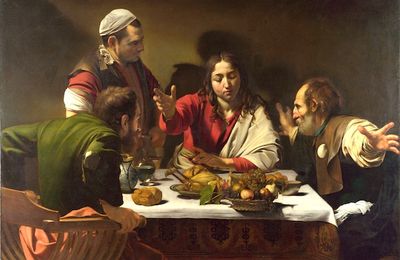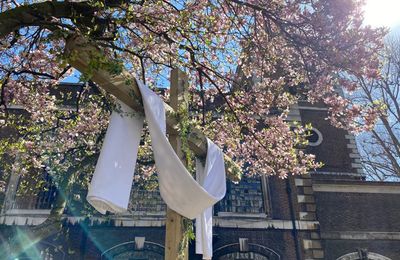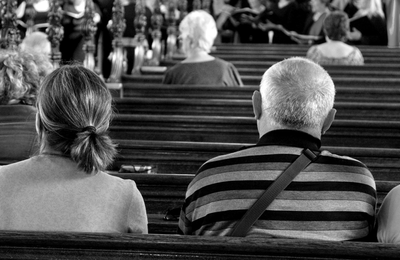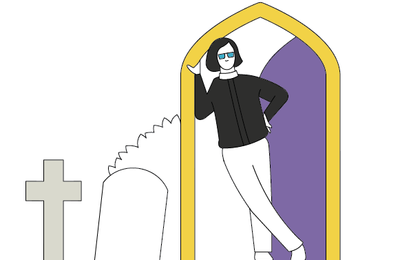Wittgenstein once told his friend Maurice Drury that although he was not a religious man, he could not help approaching every question from a religious point of view. In other contexts, we find him expressing a variant of this idea, which is that though he had no religious beliefs he had deep-seated religious attitudes that governed the way he thought, wrote and lived. Allied to this thought, I believe, is the following remark from Culture and Value: “People nowadays think, scientists are there to instruct them, poets, musicians etc. to entertain them. That the latter have something to teach them: that never occurs to them.”
I have been pondering these remarks recently because they seem to me to be connected to, and to some extent illustrated by, my personal experience, in particular my work as a floor guide to Salisbury Cathedral. By bringing me into the community based at the cathedral, this position has given me, a person with no religious beliefs, a renewed appreciation of the religious point of view, especially as it relates to the importance of art, literature, music and beauty in our lives.
What made me volunteer to be a guide was my love of the building. It is, I think, the finest cathedral in the country, exceptional in its architectural purity. Most cathedrals were built over hundreds of years in a variety of styles. But the main body of Salisbury Cathedral (comprising the Trinity Chapel in the East, the Quire, Nave and North and South Transepts) was built in the space of only 38 years, from 1220 to 1258 and all in one style: Early English Gothic. Early English is a simpler style than those that followed it. For the most part, the windows are straightforward lancets, lacking ornamental tracing, the pillars are graceful but plain and the tracing in the ceiling eschews elaborative embellishments. And yet, the view from the west door to the east window is utterly majestic, not only because of its huge scale but also because of the beauty achieved precisely by its simplicity: rows and rows of elegant pillars that look impossibly slender, each a combination of golden Chilmark limestone and dark, almost black “Purbeck Marble”, and between each pair of pillars the same pointed arch repeated. The effect is awe-inspiring. Several times I have greeted a family at the entrance and seen a small child’s eyes widen as he or she says just one word: “Wow!”
I love being able to share my enthusiasm for the building with others. I also have been introduced to the cathedral, not just as a building but as an institution and a community. What it has given me is an antidote to the aspects of modern life that often make me despair—chief among them, perhaps, is the conviction that the value of everything can be expressed financially. During my 26 years as a university lecturer, I witnessed the corrosive effect of this idea on higher education. As I have said before, I joined a profession but I left a market. Increasingly, vice-chancellors were encouraged to think of themselves as CEOs of multimillion pound businesses and students to think of themselves as consumers, while academics were forced into the role of “providers”. Academic subjects became measured by how much they increased the earning potential of those who studied them. As studying art, music, the performing arts, philosophy, history and literature cannot compete on this measure with, say, medicine, engineering, mathematics and economics, the question arises: what use are they? The answer seems to be the one that Wittgenstein suggested: they provide entertainment. More particularly, they provide entertainment to the rich.
This is not how it is at the cathedral. Music, for example, is central to much of the cathedral’s activities. Its choir school trains its pupils to an extraordinarily high standard and they can be heard at services several times a week. To oversee this, the cathedral has a director of music, who is himself a gifted musician and composer. It also has a head organist as well an organ scholar. Since being associated with the cathedral, I have attended several concerts there, mainly of choral music, which have been sublime, the music enhanced by the setting and acoustics. In its workshops, the cathedral also helps to keep alive the arts of stone masonry and stained glass making, among others. Its library maintains custodianship of a rich collection of parchment manuscripts as well as thousands of books accumulated by the often very learned people who have been associated with the cathedral during its 800 year history. These include Seth Ward, a close friend of Christopher Wren and his predecessor as professor of astronomy at Oxford, who served as bishop of Salisbury in the late 17th century and left much of his huge collection of scientific books to the cathedral.
To be part of the cathedral’s community is to be part of a culture in which art, music, beauty, history and scholarship matter. One does not have to be religious to feel how important this dedication to the life of the spirit is to our wellbeing.














